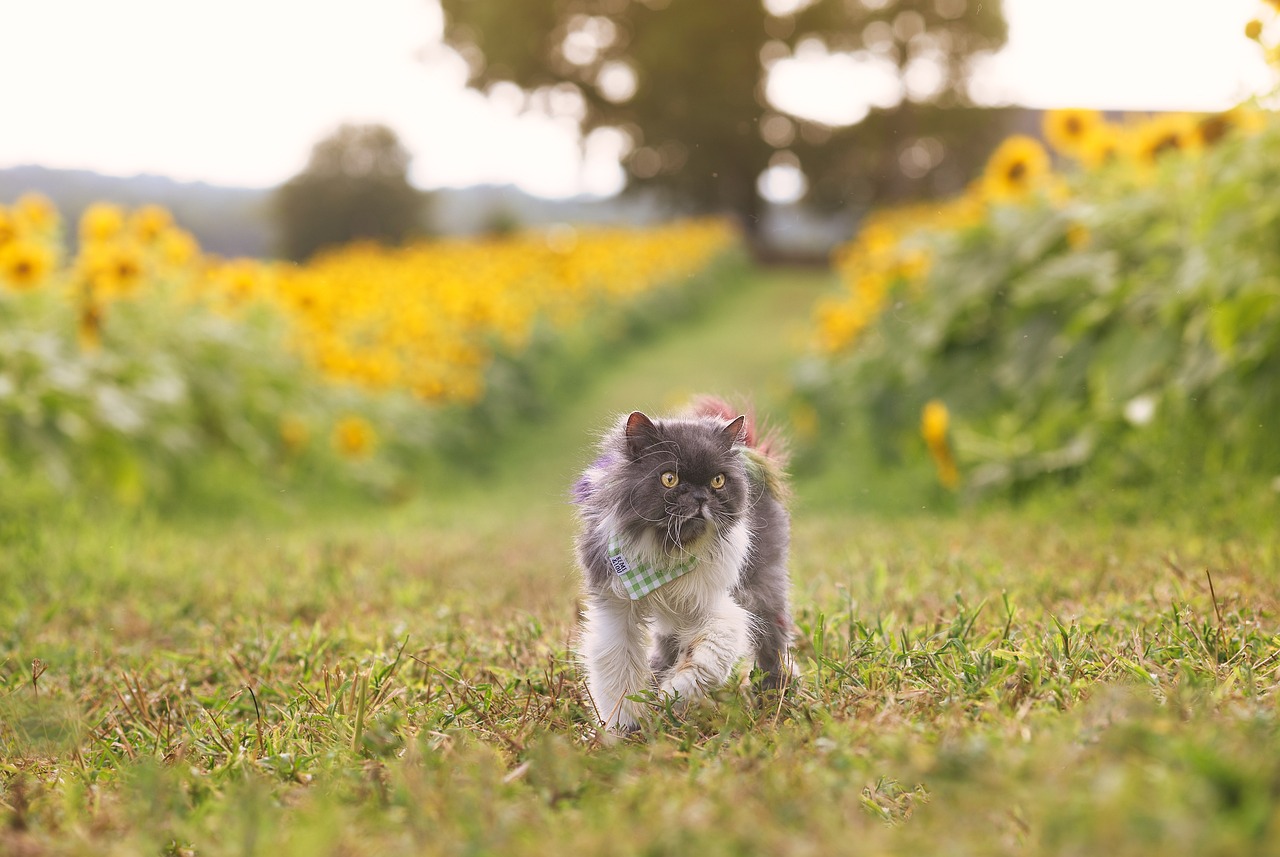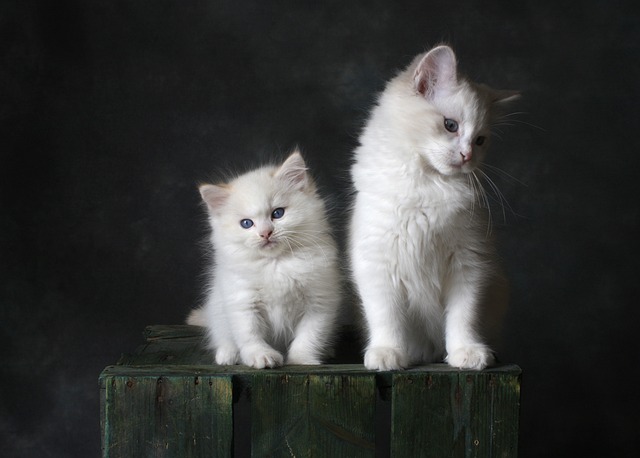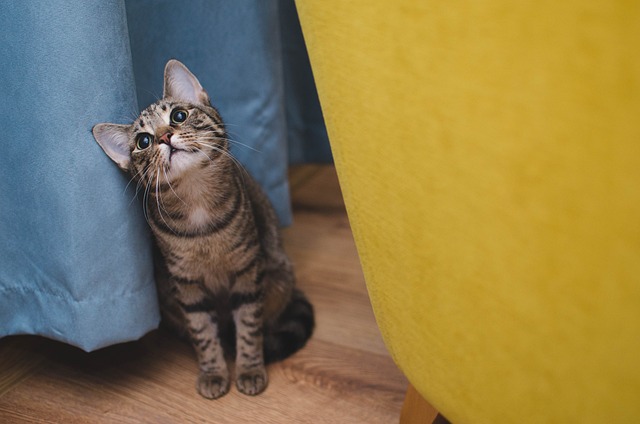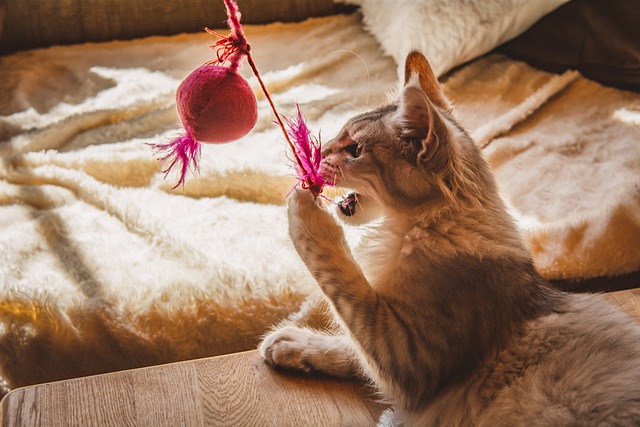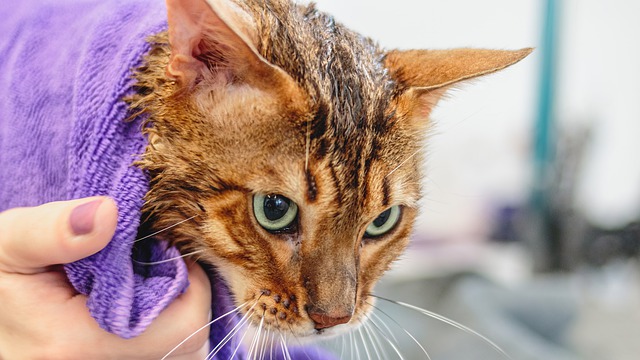Cat aggression
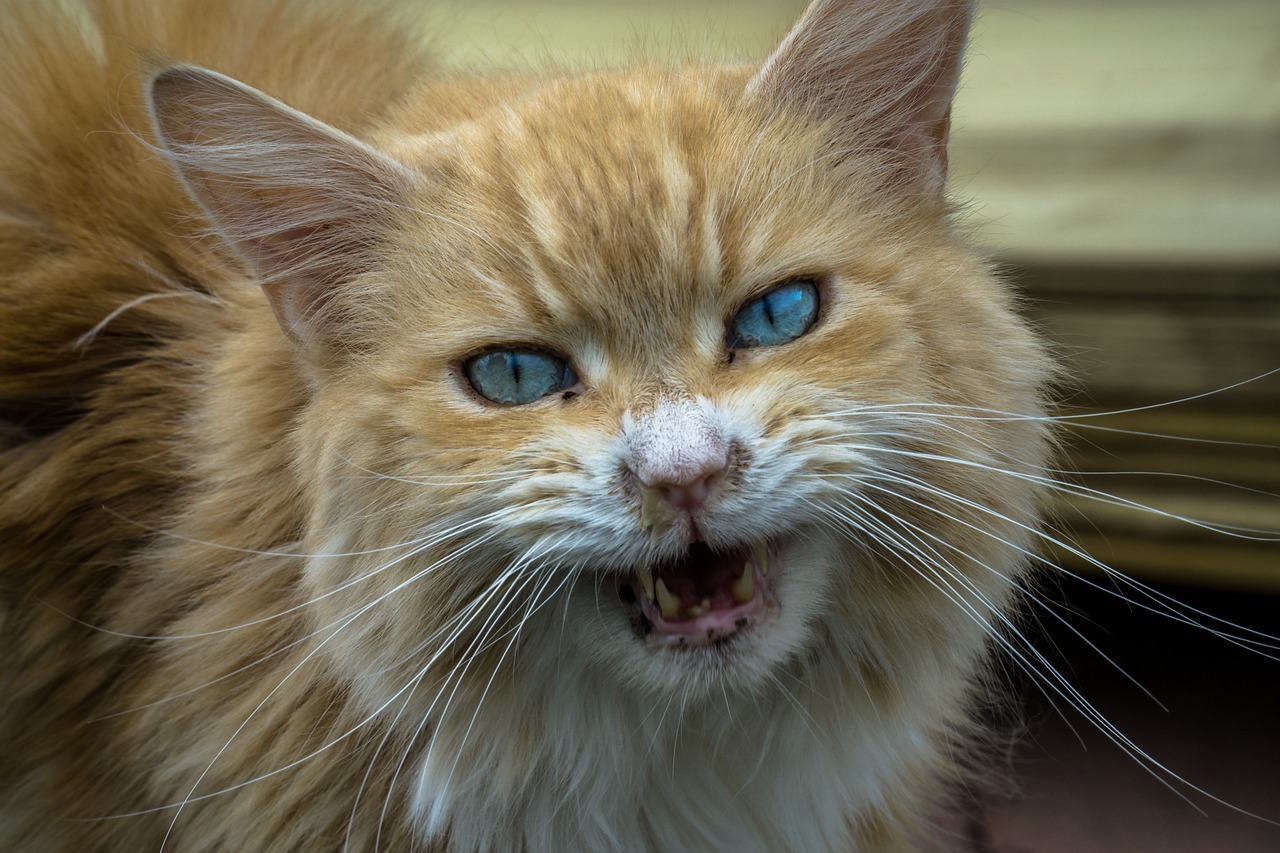
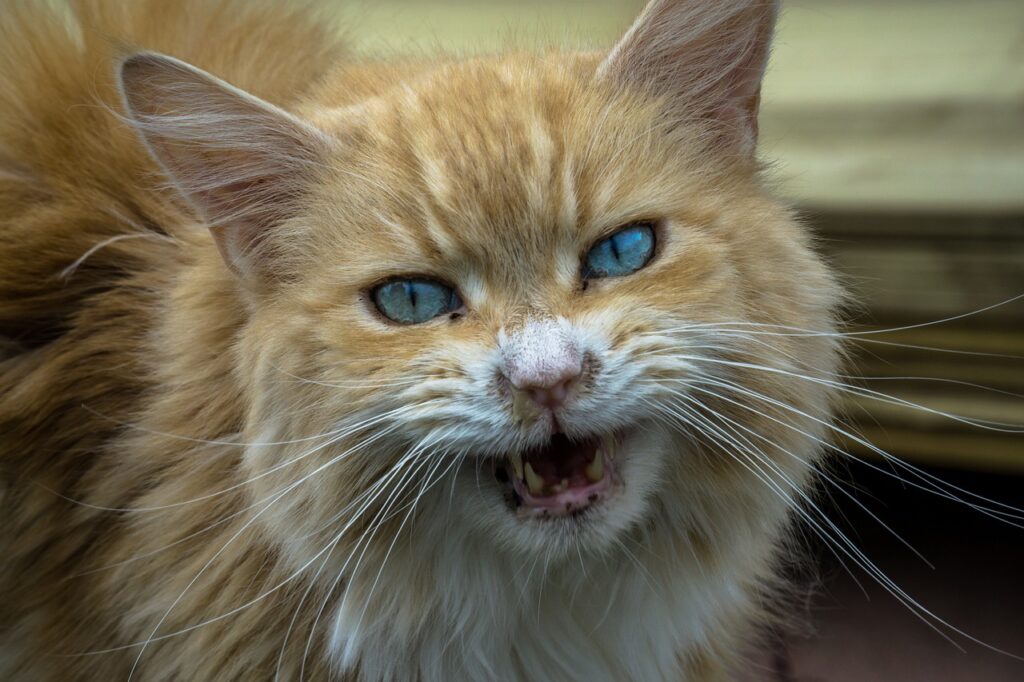
Another characteristic is well-known to most cat lovers. There you are, happily relaxing with your little friend, content with each other’s company. The cat purrs as you gently stroke it, totally unaware of the turmoil that is about to erupt when the previously angelic feline turns into a psychopath in an instant!
Ok, that’s a bit dramatic but you know what I mean.
The causes of feline aggression can be many and varied and require careful consideration. One thing is certain. A harsh reprimand, which may work for your children, will not work on a cat and may even make the problem worse.
All living creatures have a fight-or-flight mechanism. This is how we have managed to survive for so long. Cats’ instinctive behavior is to try to run away when threatened, but, like most animals, they lash out if cornered.
Cats tend to redirect their aggression. So if something startles them and they feel threatened or vulnerable, they may refocus their aggression on you.
Be aware that aggression can be triggered by a form of discomfort. If you are petting your cat and she suddenly hisses or growls, it may be due to several physical problems. Has this been checked out as soon as possible by your veterinarian?
But what about the aggression we alluded to at the beginning of this article, why does a seemingly content cat start howling during petting? This well-known aspect of cat behavior is part of feline fickleness. It could be due to early socialization patterns. Cats may have very sensitive skin and we may have inadvertently caused them some discomfort. It could also be that the cats are overstimulated.
Once a bond is formed with your cat, you usually learn to recognize the signs and know when to back off (usually), but the learning curve can be quite steep and painful.
Red in the fangs and claws!
It’s almost certain that at some point in your relationship, the cat will attack! What to do?
Cats tend to bite while gripping with their front claws and raking with their back claws.
The worst thing you can do is abruptly pull your hand away. Stay calm, and don’t yell or slap, it will only make things worse. Speak softly to the cat while rubbing its paws very gently with your free hand until it releases its grip. Don’t pet the cat, let it rest where it is until it is calm. If he’s on your lap, try moving him gently, then leave him alone for a while to calm down completely.
That’s the theory, it sounds easy, doesn’t it? The truth is that you will probably act like most of us and instinctively move away, don’t feel bad about that, it takes some time to get used to letting your hand get roughed up by this hairball, suddenly gone mad, equipped with fangs and claws!
Neutering can be a solution as it tends to calm down an aggressive male. It is also recommended to help reduce cat overpopulation.
You should also know that not all bites are a sign of aggression, they can be a sign of affection. That said, it’s not very difficult to spot the differences between these types of behavior.
If aggression becomes too much of a problem, as always, consult your veterinarian, who should be able to advise you on the best way to deal with this aggressive behavior in your cat.
